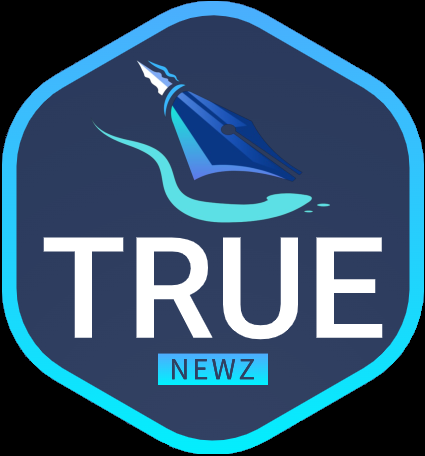In a remarkable scientific revelation, researchers have uncovered the existence of Zealandia, a continent that had been concealed from our knowledge for a staggering 375 years. Zealandia, primarily submerged beneath the ocean's surface, shares its name with New Zealand, to which it bears a striking resemblance. What makes this discovery even more captivating is that Zealandia was once part of the ancient supercontinent Gondwana, which existed between 1 billion and 542 million years ago.
The quest to unveil Zealandia, a long-lost fragment of Earth's history, was nothing short of a detective story for geoscientists. Over centuries, it had remained overlooked, buried beneath the ocean's depths. But now, meticulous research and comprehensive mapping have finally brought this "8th continent" to the forefront of our understanding.
This groundbreaking revelation was made possible through the painstaking analysis of rock samples retrieved from the ocean floor. These findings were documented in the esteemed journal Tectonics, which delves into Earth's structure and evolution.
Zealandia, as per a report by BBC, is colossal, covering a staggering 1.89 million square miles or 4.9 million square kilometers, making it six times the size of Madagascar. This newfound continent, the smallest, thinnest, and youngest among its peers, is an awe-inspiring testament to the mysteries the Earth continues to unveil. As Andy Tulloch from the New Zealand Crown Research Institute GNS Science noted, "This is an example of how something very obvious can take a while to uncover."
Zealandia presented an arduous challenge for scientists. To study this enigmatic landmass, researchers had to collect rock and sediment samples from the ocean floor, primarily from drilling sites, and some from the shores of nearby islands.
One of the most astonishing findings of this investigation was the presence of tectonic plate activity near the Campbell Plateau, an underwater plateau located off the west coast of New Zealand. This activity, intriguingly, occurred without any magnetic anomalies in the area, challenging existing theories about the movement of the Earth's crust along the Campbell Fault.
The updated map of Zealandia goes beyond just pinpointing volcanic activity. It also offers invaluable insights into the continent's structure and other pivotal characteristics. This discovery is a significant leap in our understanding of the complex geological history of Zealandia.
Zealandia's history traces back to Gondwana, the supercontinent that emerged around 550 million years ago, encompassing a vast expanse of land in the southern hemisphere. This new revelation paints a vivid picture of our planet's intricate past.
In another study, a different research team, comprising several of the same geologists, focused on North Zealandia, specifically the Fairway Ridge region in the South Pacific. Here, they delved into ancient rocks, undisturbed by dry land for a staggering 25 million years. These rocks, showcasing a blend of volcanic and sedimentary formations, were meticulously scrutinized for their chemical compositions and radioactive isotopes. The results unveiled a tapestry of time, from pebbles dating back to the Early Cretaceous to sandstone from the Late Cretaceous and younger basalts from the Eocene. This transformation turned Zealandia from a shadowy landmass into a region characterized by distinct geological layers that align with West Antarctica.
The subsequent investigation focused on magnetic anomalies in the ocean floor surrounding Zealandia, shedding light on its ancient stretching and directional shifts. This gradual transformation rendered it into an ultra-thin continent that eventually submerged, offering tantalizing glimpses into Zealandia's geological history.
As the scientific community buzzes with excitement over the Zealandia revelation, it is vital to acknowledge the dedication and perseverance of the scientists involved in this groundbreaking discovery. Their unwavering efforts have not only broadened our knowledge of Earth but have also unveiled a continent that remained hidden beneath the ocean's depths. Zealandia stands as a testament to the boundless possibilities of the eternal journey of knowledge, demonstrating that the pursuit of understanding the world around us is a journey without end.







0 Comments